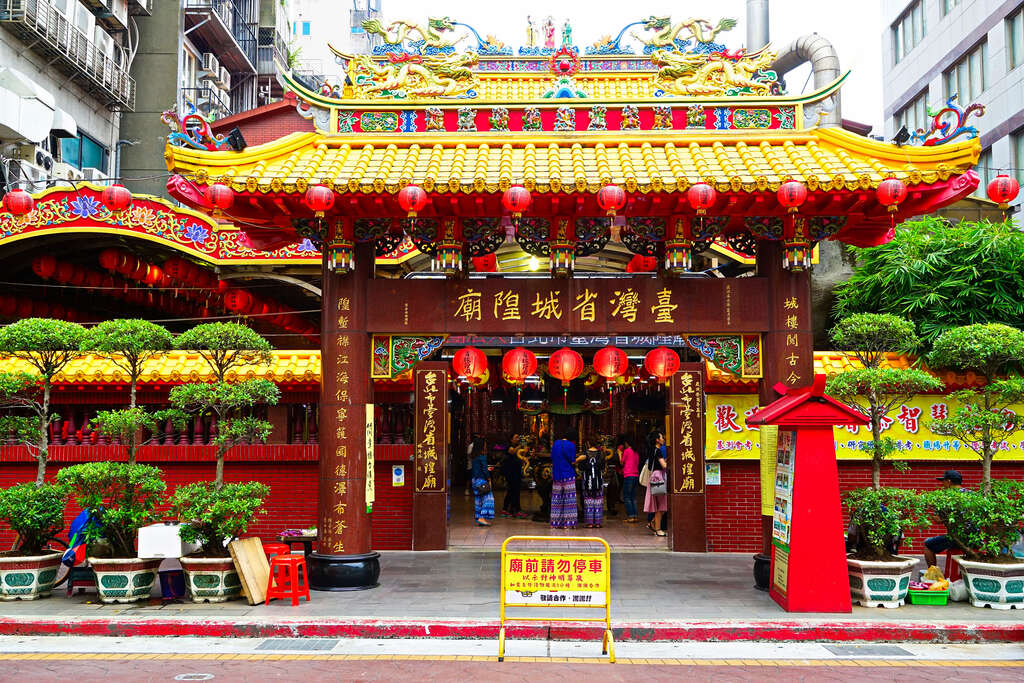Chenghuang Temple, Taiwan Province Introduction
The Cheng Huang Temple in Taipei was originally a government temple and has now been established as a foundation, making it one of the best-managed public temples in Taiwan. In 1875, the Qing Dynasty upgraded Tamsui to Taipei Prefecture, which was then headed by Chen Hsing-chu. In 1881, the Taipei Cheng Huang Temple was built at the intersection of Fu Zhi Street and Bei Men Street (between Yanping South Road and Hankou Street in Taipei City), located behind the Taipei Prefecture Office. During the Japanese occupation, the temple was demolished, and after the restoration of Taiwan, it was relocated to its current site, which has convenient transportation and thriving commerce, becoming a center of faith for local residents. Due to the reputation of the City God, devotees come from both domestically and internationally. This temple is the largest in Taipei and enshrines the main deity, the City God, along with Shakyamuni Buddha, Medicine Buddha, Amitabha Buddha, Guanyin Bodhisattva, Ksitigarbha Bodhisattva, Lord Guan, Emperor Fuyou, Emperor Wenchang, Master Jikong, the City God’s wife, and the Earth God, among others. The couplets, plaques, paper cuttings, paintings, and carvings inside the temple all emphasize the principles of "warding off evil and attracting good fortune," and "subtle influence," allowing worshippers to gain spiritual enlightenment during their visit.



































